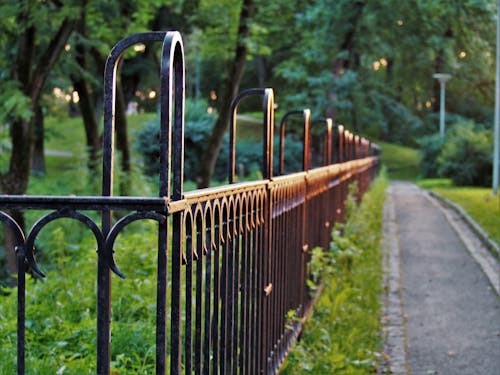MP3 Juice is a popular online music download service that allows users to search and download songs without creating an account. Its straightforward functionality and extensive library make it easy for anyone to use. It also emphasizes responsible downloads and promotes music copyrights.
This software is free and offers high-quality audio files, making it a great choice for those who want to build a diverse music collection. It also features an extensive music library, allowing you to browse songs by genre.
Easy to use
Mp3 juice is an easy-to-use mp3 juice downloader that can be used on a variety of devices. Its user-friendly interface makes it easy to find the songs you want, while its fast download speeds and high-quality downloads ensure that your music is always available at your fingertips. The platform also prioritizes security, making it safe for users to download files without fear of malware or viruses.
Its vast music library covers a variety of genres, artists, and eras. From the latest chart-topping hits to classic favorites and curated playlists, MP3 Juice has something for every music lover.
While mp3 juice is convenient and easy to use, it has some serious legal and ethical concerns. For one, downloading copyrighted music without permission is illegal, and it deprives musicians of their rightful earnings. To avoid these risks, it’s best to use legal music streaming services that compensate artists for their work. This will protect you from potential legal action and keep you safe from malware.
Binance Referral ID: Step-by-Step Guide to Getting Rewards
Mp3 Juice is an easy-to-use tool that offers a simple interface and high-quality downloads. Its search function allows you to enter song titles, artists, and lyrics to find what you’re looking for. It also features popular music charts and recommendations, which can help you discover new songs.
It is available on both Android and iOS devices, so you can access it no matter where you are. This makes it a convenient option for anyone who wants to listen to their favorite songs on the go.
Mp3 Juice’s convenience and vast library of songs has made it a popular choice among music enthusiasts, but it comes with several legal and ethical concerns. Users should be aware of the potential risks associated with downloading copyrighted music and consider using legal alternatives, such as streaming services, to support the artists who create their work. These legal considerations can also impact the quality of the music they download. This is why it is important to verify the source of your downloads.
Extensive music library
The mp3 juice website has an extensive library of music that covers all kinds of genres. Its search function makes it easy to find the song you’re looking for. It also lets you preview a song before downloading it to ensure that the quality is what you want. This feature is especially helpful for those who don’t have the time to look for music on different websites.
The site’s simple, intuitive interface allows users to navigate the platform with ease, even those who aren’t tech-savvy. The website also offers a number of features, including the ability to stream songs online or download them for offline listening. Its extensive library of music caters to a wide range of tastes, from pop to rock to hip-hop and classical music.
While MP3Juice offers an excellent library of mp3 tracks, its use has been linked to copyright infringement. This has fueled controversy over the site’s legality, with some artists and record labels criticizing the platform’s impact on their livelihood.
Legality of downloads
Mp3 Juice is a free online music download platform that allows users to search and download songs for personal use. The platform is compatible with most devices and offers a variety of song formats, including mp3. Its extensive library of songs includes chart-toppers, timeless classics, and niche tracks. Its user ratings and comments help ensure the quality of downloaded files. It also provides a variety of filters and sorting options to find specific songs.
However, Mp3juices CC is not legal to download from because the site illegally downloads copyrighted music without permission from artists. This practice is not only unethical but also poses a security risk for its users. It can expose users to malware, viruses, and other online threats.
Although Mp3juices CC is an easy and convenient way to download music, it is important to be aware of the legality of your downloads. Always respect the rights of artists and support them by purchasing their albums or subscribing to licensed streaming platforms.…


 Inspect the fence regularly to make sure it’s maintaining its condition.
Inspect the fence regularly to make sure it’s maintaining its condition.